What Is Bitumen?
Important Point
The bitumen is the binding material that is present in asphalt. It also sometimes called mineral tar. It is obtained by partial distillation of crude petroleum.
It is chemically a hydro-carbon. It is insoluble in water, but it completely dissolves in carbon disulfide chloroform, alkalies, alkaline, carbonates, petroleum spirit, and oil of turpentine.
It is found on analysis is composed of 87 percent carbon 11 percent and 2 percent oxygen by weight.
The bitumen is back or brown in colour, and it is obtained is solid or semi-solid or sate. Its applications are the same as the residual asphalt.
Type of Bitumen
Following are the types of Bitumen
- Blown Bitumen.
- Cutback Bitumen.
- Straight Run Bitumen.
- Penetration Grade.
- Bitumen Emulsion.
- Residual Bitumen.
Also, read: What Are Walls | Classified of Walls | Load-Bearing Vs Partition Walls
#1. Blow Bitumen:
Soft bitumen can be modified by heating until it becomes a liquid and then passing air under pressure by which all the volatile compounds in it can be driven out. The product is called blown bitumen.
#2. Cutback Bitumen:
Bitumen combined with other petroleum distillates forms cutback bitumen. This may be regarded as a means of applying penetration-grade bitumen at lower temperatures.
#3. Straight Run Bitumen:
When bitumen distilled to a definite viscosity of penetration, which does not require further treatment like heating.
#4. Penetration Grade:
The basic form of bitumen and has to be heated before application.
#5. Bitumen Emulsion:
A product in liquid form, formed in aqueous medium and stabilizing agents. This also another means to obtain bitumen into a liquid form so that it can be easily applied at ambient temperature.
Also, read: What Is Flooring | Types of Flooring.
#6. Residual Bitumen:
It consists of bitumen thinner and suitable filler made into a plastic Conn. As it is plastic, it can be used for filling cracks in masonry, stopping leakages, etc.
Use of Bitumen
- Bitumen is used for the manufacture of roofing and damp proofing felts.
- For sealing accumulators and batteries.
- It also used for heat insulation materials for building, refrigeration, and cold storage.
What Is Tar?
Tar is a viscous black liquid made of hydrocarbons that can form in multiple ways. Because of this, the chemical composition of tar varies, though it is always made of organic matter of some sort.
It has many uses as a waterproofing and sealing agent. It is also used for many medicinal purposes.
Classified of Tar
Tat is classified on the basis of its sources.
- Coal Tar.
- Mineral Tar.
- Wood Tar.
#1. Coal Tar:
A heavy, back, and strong-smelling liquid is known as coal tar. In closed iron vessels, the variety of tar is prepared by heating the coal.
The escaping gases are allowed to pass through the tube, which is kept cool by the circulation of water. The coal tax gets deposited in these tubes.
It is usually derived as a byproduct during the manufacture of coal gas. The coal tar is used for making macadam roads, preserving timber, etc.
Also, read: Tests on Stones | Crushing Strength Test, Water Absorption Test, Abrasion Test, Impact Test, Acid Test
#2. Mineral Tar:
Distillation of bituminous shales gives us mineral tar. It contains less matter.
#3. Wood Tar:
Distillation of pipes and resinous wood gives wood tar. In contains, creosote oil which can be obtained by further distillation of wood and hence is possessed stronger preservation property.
However, the wood creosote is not so good as coal tar creosote for the preservation of timber.
Use of Tar :
For coating of sleepers, wooden poles, latrine walls, etc.
Bitumen Vs. Tar
| Sr.No. | Bitumen | Tar |
|---|---|---|
| 1. | Bitumen Colour Deep dark. | Tar colour Jet black. |
| 2. | Bitumen carbon content is midium (moderate). | Tar Bitumen carbon content is very high. |
| 3. | Bitumen usually solid in state. | Tar viscous liquid sate |
| 4. | Bitumen effect on heating time bitumen is melt. | Here, Tar effect on heating becomes more fluid when heated. |
| 5. | Bitumen setting time very less respect to tar. | Tar setting time is more compared to bitumen. |
| 6. | Bitumen adhesive power is high but not more than tar. | Tar adhesive power is very high compared to bitumen. |
| 7. | Bitumen resistance to acid effect is more compared to tar. | Tar resistance to acid effect is less compared to bitumen. |
| 8. | Bitumen is obtained from fractional distillation of crude oil. | Tar is obtained by destructive distillation of coal or wood. |
| 9. | Molecular weight range for road bitumen is 400 to 5000. | Molecular weight range for road tar is 150 to 3000. |
| 10. | Bitumen consists of large amount of aromatic hydrocarbon. | Tar consist of large amount of oily matter with lower molecular weight. |
| 11. | It shows more resistance to weathering action. | It shows less resistance to weathering action. |
| 12. | Bitumen normally use as damp proof course and as roofing felt. | Tar use for preseving timber. |
| 13. | Less temperature susceptibility. | More temperature susceptibility. |
| 14. | Bitumen has a low degree of toxicity. | Tar has a high degree of toxicity. |
| 15. | Bitumen is more adhesive. | Tar is most adhesive. |
| 16. | Bitumen sets quickly. | Tar sets slowly. |
| 17. | Bitumen occurs naturally. | Tar is produced through distillation. |
| 18. | Bitumen is expensive. | Tar is cheaper. |
| 19. | Bitumen has a low viscosity. | Tar is high viscosity. |
Bitumen vs Tar
The two substances are very similar and sometimes the terms tar and bitumen are used interchangeably. Bitumen can be naturally occurring whereas tar usually has to be artificially distilled. Also, Bitumen occurs in both solid and liquid forms whereas tar is generally always a viscous liquid.
Difference Between Coal Tar and Bitumen:
The key difference between coal tar and bitumen is that coal tar is a synthetic substance, whereas bitumen is a naturally occurring substance. Moreover, coal tar is a byproduct in the process of producing coke from coal while bitumen is a byproduct in the fractional distillation of crude oil.
Bitumen and Tar
Bitumen is derived from sources associated directly with coal and oil, whereas tar is derived from sources like wood, petrol, and coal. 3. Bitumen is usually obtained in solid as well as semi-solid form, whereas tar is obtained only in liquified form.
What Is Bitumen Used For?
Bitumen (sometimes referred to as asphalt or tar) is a specialist fuel grade that can be used in applications such as road surfacing, roofing and certain types of paint. It is a unique form of petroleum that we could not live without.
What Is Tar?
A dark, thick, flammable liquid distilled from wood or coal, consisting of a mixture of hydrocarbons, resins, alcohols, and other compounds. It is used in roadmaking and for coating and preserving timber.
Difference Between Tar and Bitumen
Difference between bitumen and tar
In comparison to bitumen, tar has a higher amount of carbon, is a better adhesive, and becomes more fluid when heated. However, few people use tar instead of bitumen in road construction. Tar has a wide variety of applications including waterproofing, coating timbers, and skin caring.
Tar Material
Coal tar is derived from coal. It is a byproduct of the production of coke, a solid fuel that contains mostly carbon, and coal gas. Coal tar is used primarily for the production of refined chemicals and coal-tar products, such as creosote and coal-tar pitch.
Define Bitumen
A black viscous mixture of hydrocarbons obtained naturally or as a residue from petroleum distillation. It is used for road surfacing and roofing.
Tar Bitumen
Bitumen is obtained by the partial distillation of crude petroleum. It is also called as mineral tar and is present in asphalt also. It contains 87% carbon, 11% hydrogen and 2% oxygen.
Tar Is Obtained From
Tar is a dark brown or black viscous liquid of hydrocarbons and free carbon, obtained from a wide variety of organic materials through destructive distillation. Tar can be produced from coal, wood, petroleum, or peat.
Tar Road Meaning
A tarred road or roof has a surface of tar.
Tar Vs Asphalt
Tar is a naturally found substance created from natural resources like wood, peat or coal. Bitumen, on the other hand, is formed from petroleum. Asphalt is made when a blend of small pebbles, stones, sand and other filler are mixed with bitumen as a binding agent.
Tar Uses
Coal tar is used primarily for the production of refined chemicals and coal-tar products, such as creosote and coal-tar pitch. Certain preparations of coal tar have long been used to treat various skin conditions, such as eczema, psoriasis, and dandruff.
Asphalt Tar
Tar and bitumen
The key difference between coal tar and asphalt is that coal tar is a dark-colored substance that is collected from the destructive distillation of organic substances, whereas asphalt is obtained as a residue from the distillation of petroleum or from natural deposits.
Bitumen Is Obtained from
Bitumen is produced through the distillation of crude oil and also occurs naturally. Bitumen is known for its waterproofing and adhesive properties. It is composed of complex hydrocarbons and contains elements like calcium, iron, sulfur, and hydrogen.
Like this post? Share it with your friends!
Suggested Read –
- Top 10 Construction Companies in UAE
- What Is Crane | Different Types of Cranes
- What Is Concrete | 31 Different Types of Concrete
- What Is Shoring In Construction | Type of Shoring
- Difference Between One Way Slab and Two Way Slab | What is Slab
- What Is Standard Proctor Test & his Detail | Procedure Standard Proctor Test
- What Is Structural Settlement | Causes For Structural Settlement | What Is Soil Settlement & Foundation Structural Settlement
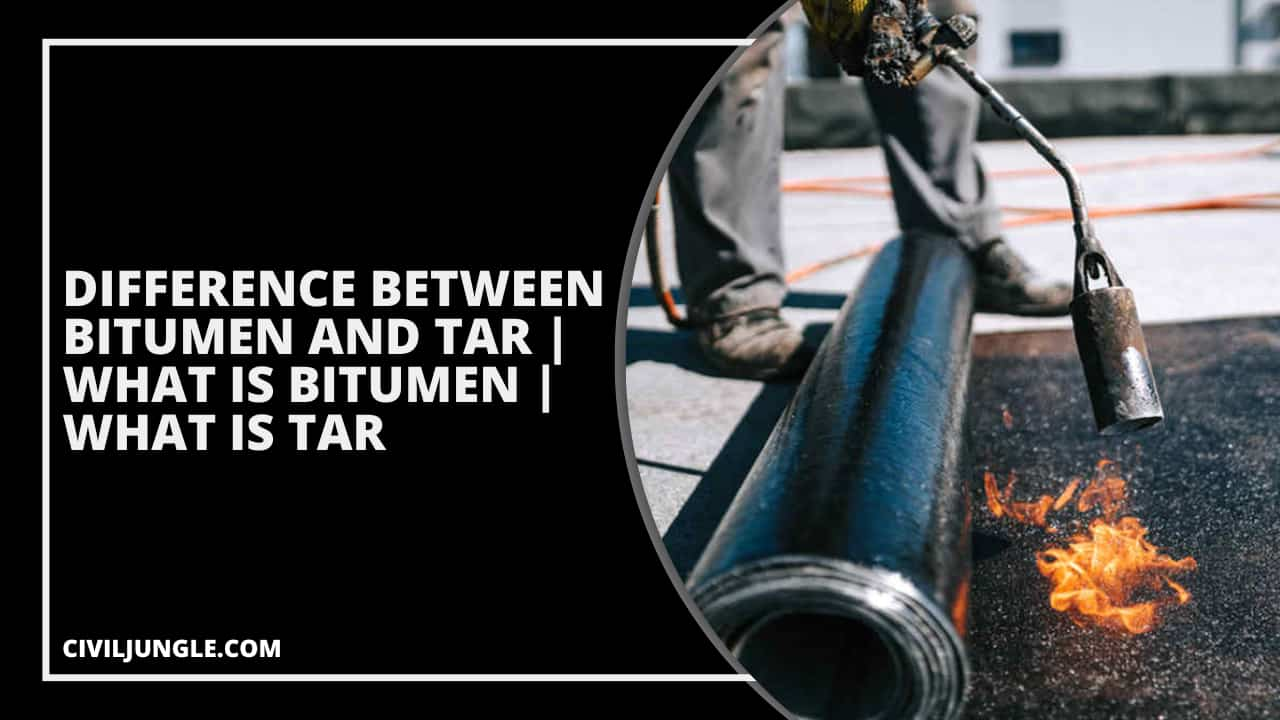
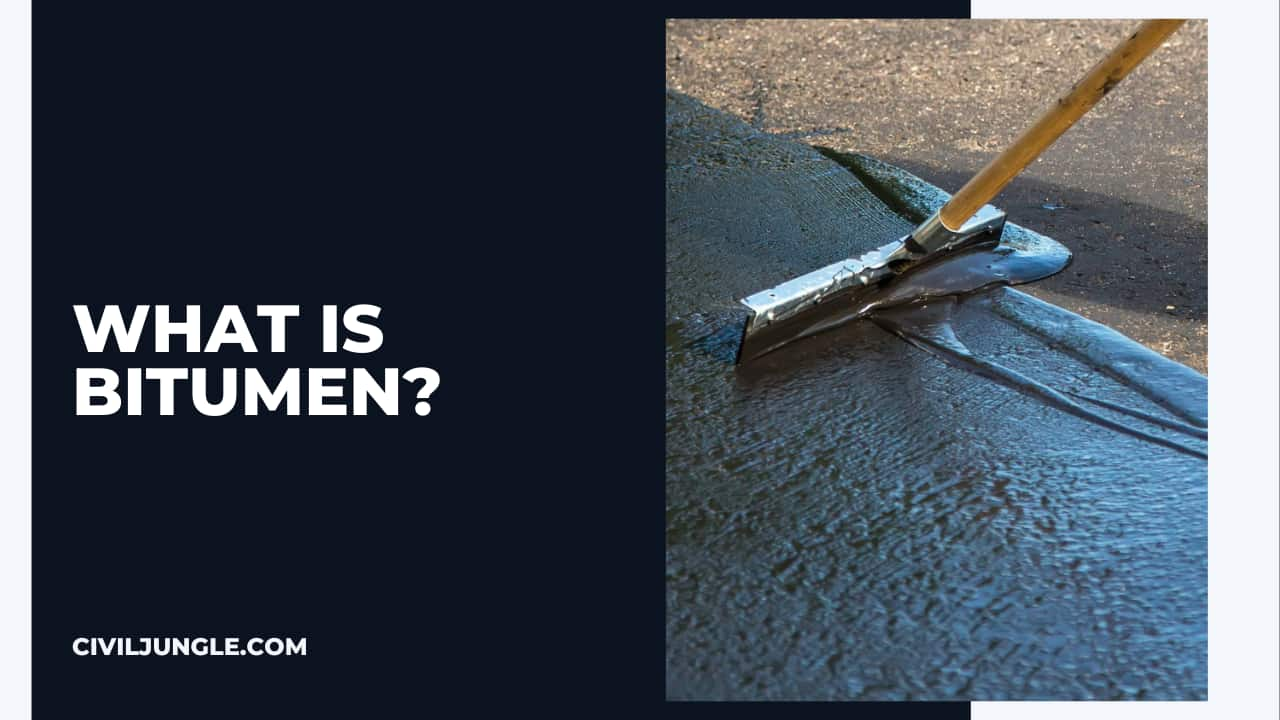

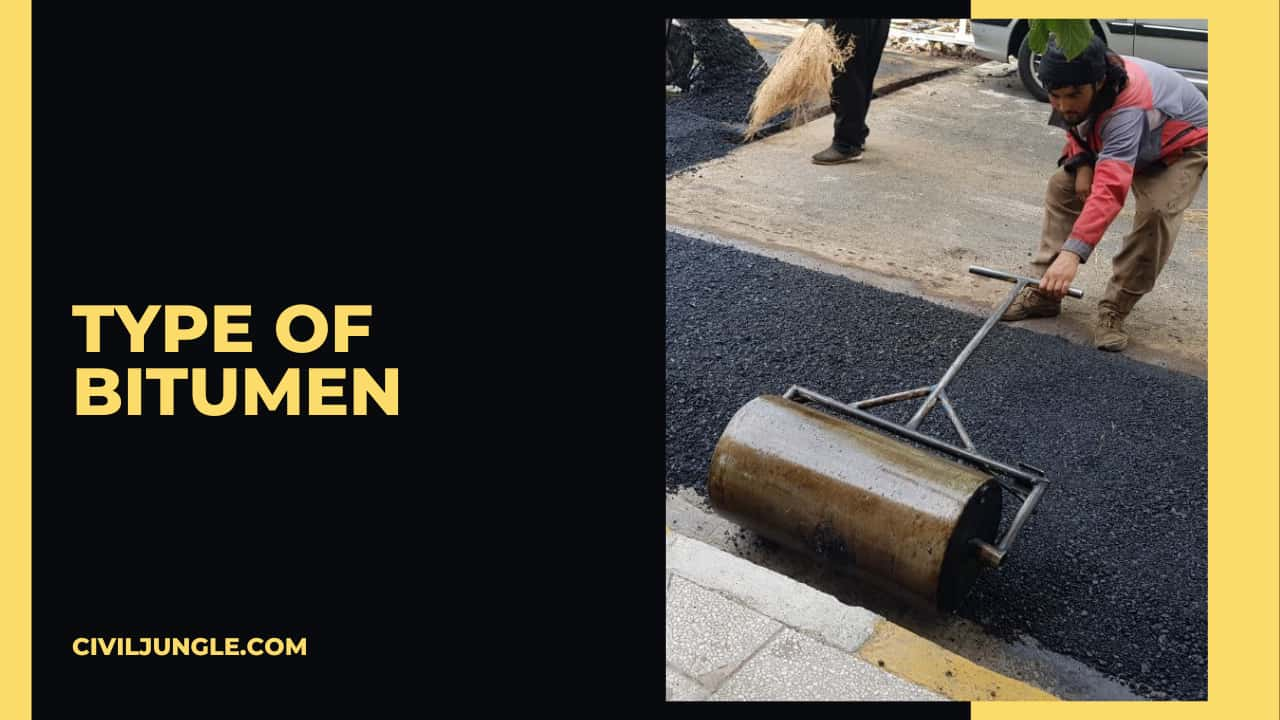
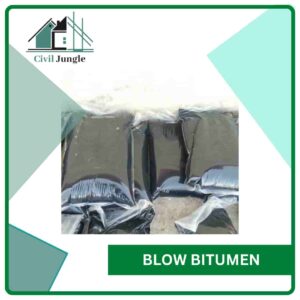
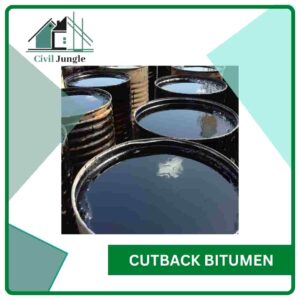
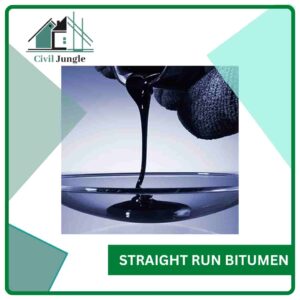
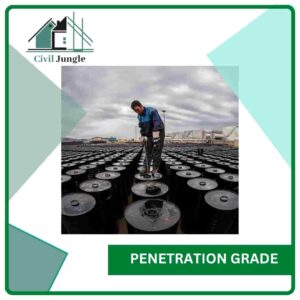
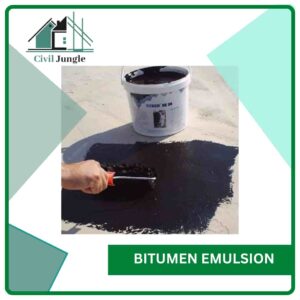

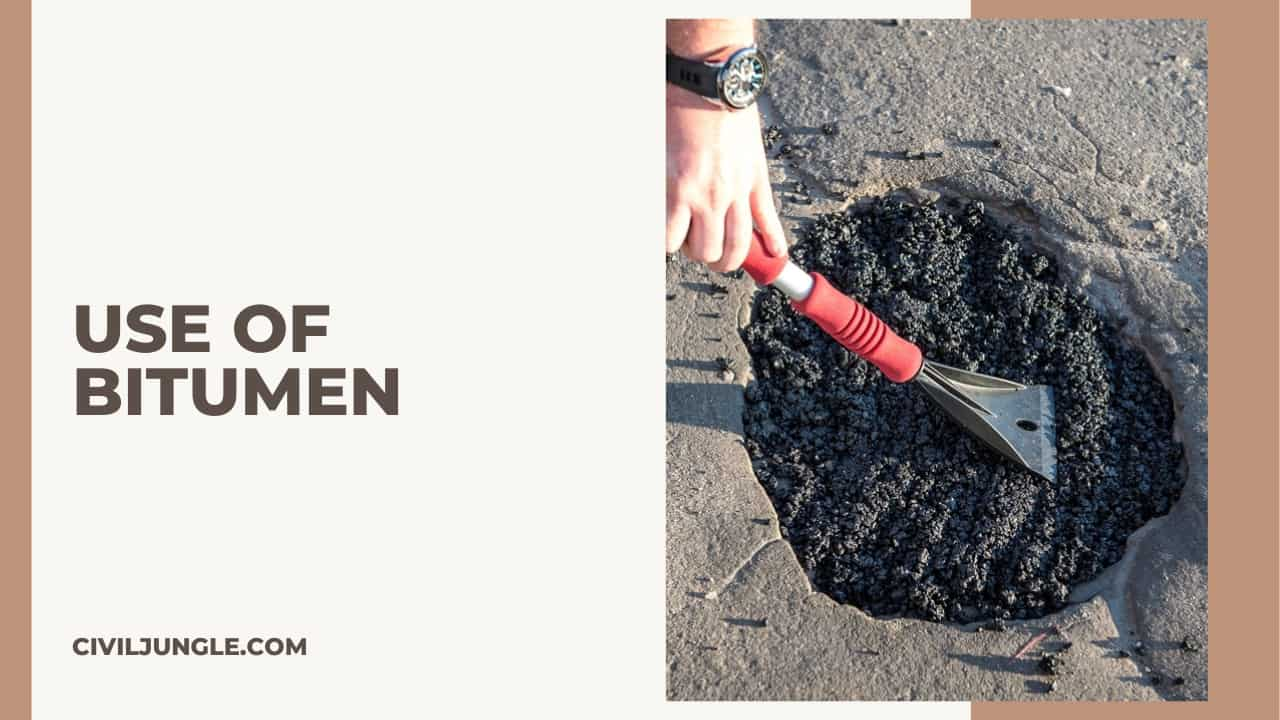
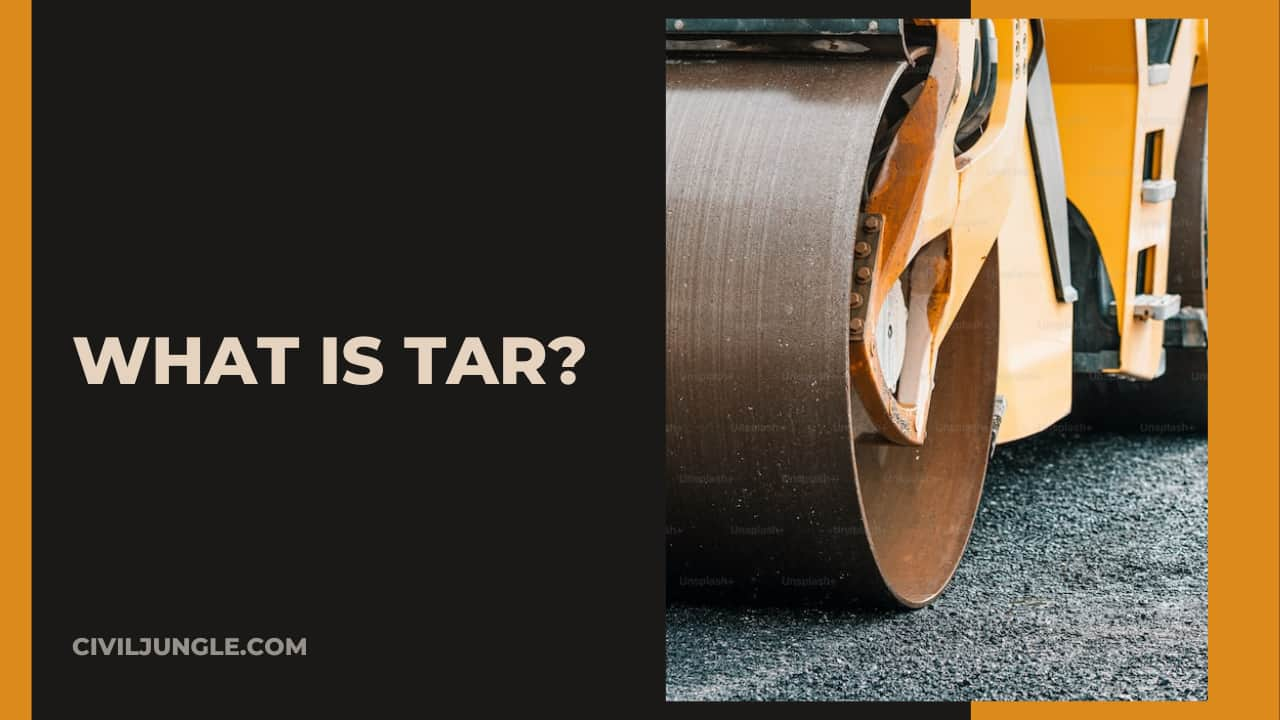
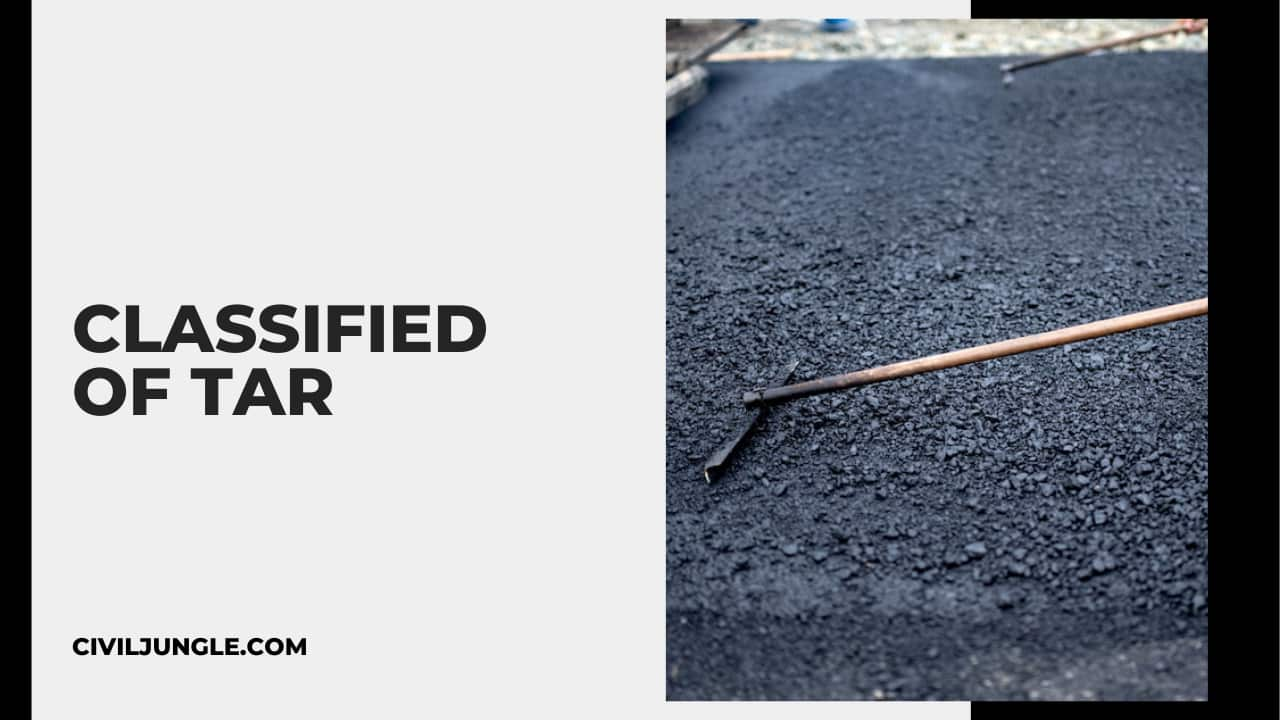
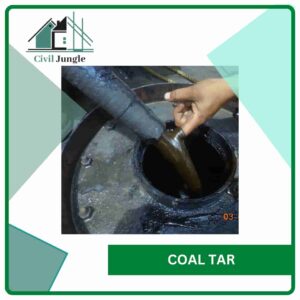
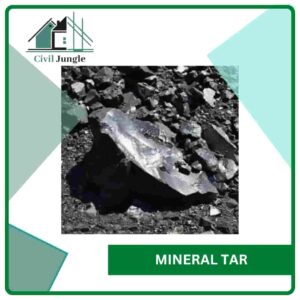
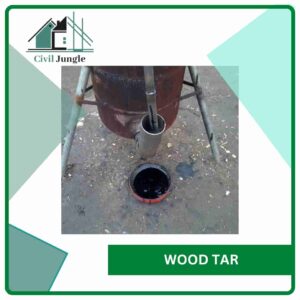
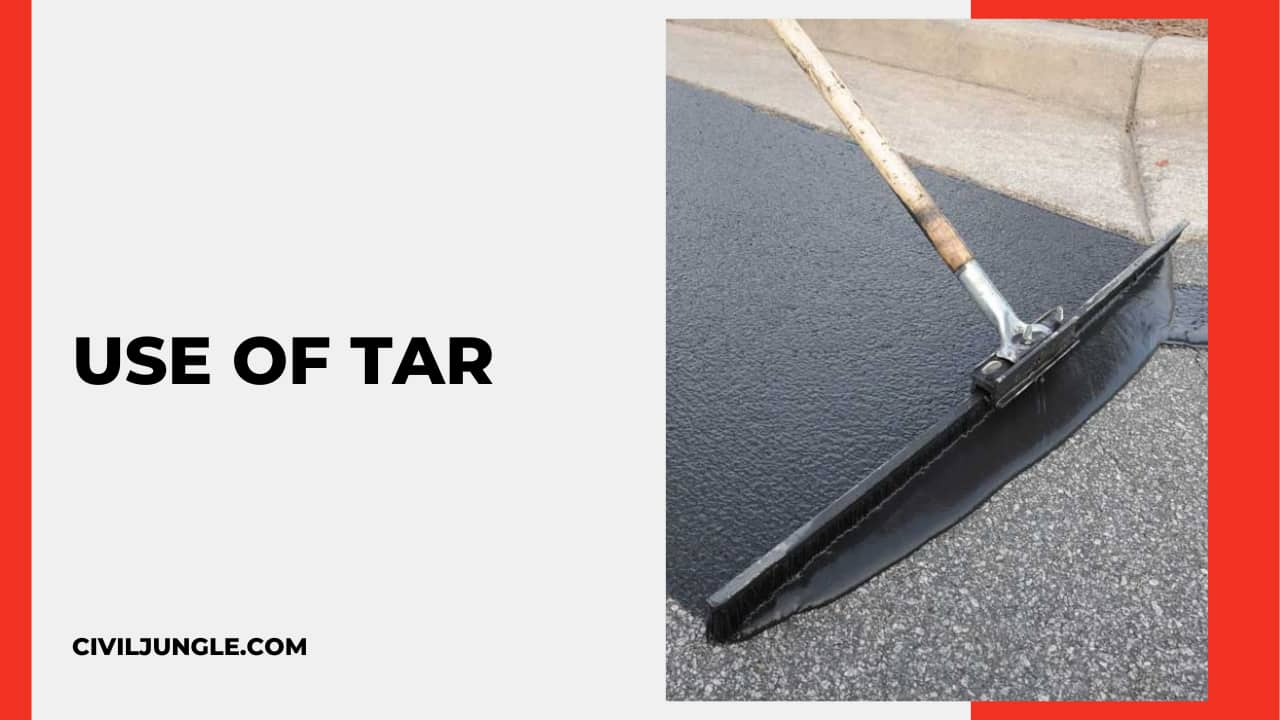

Better experience to know about the tar and bitumen differences.